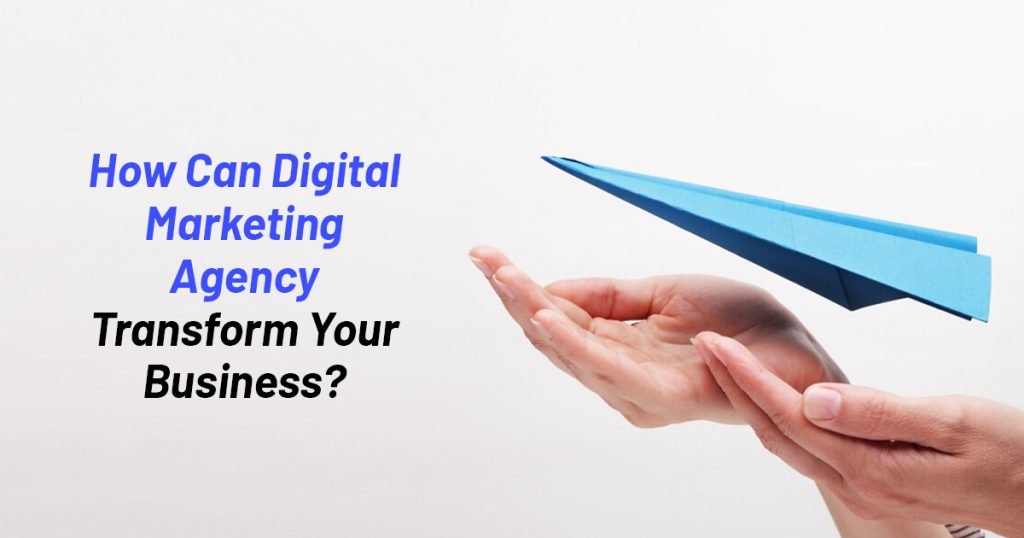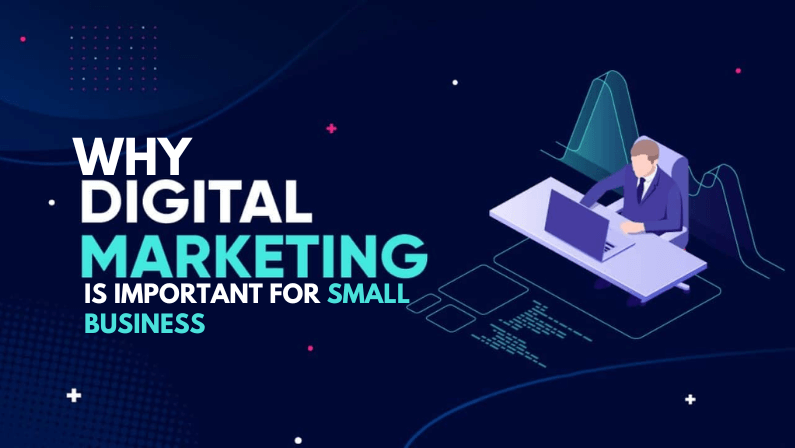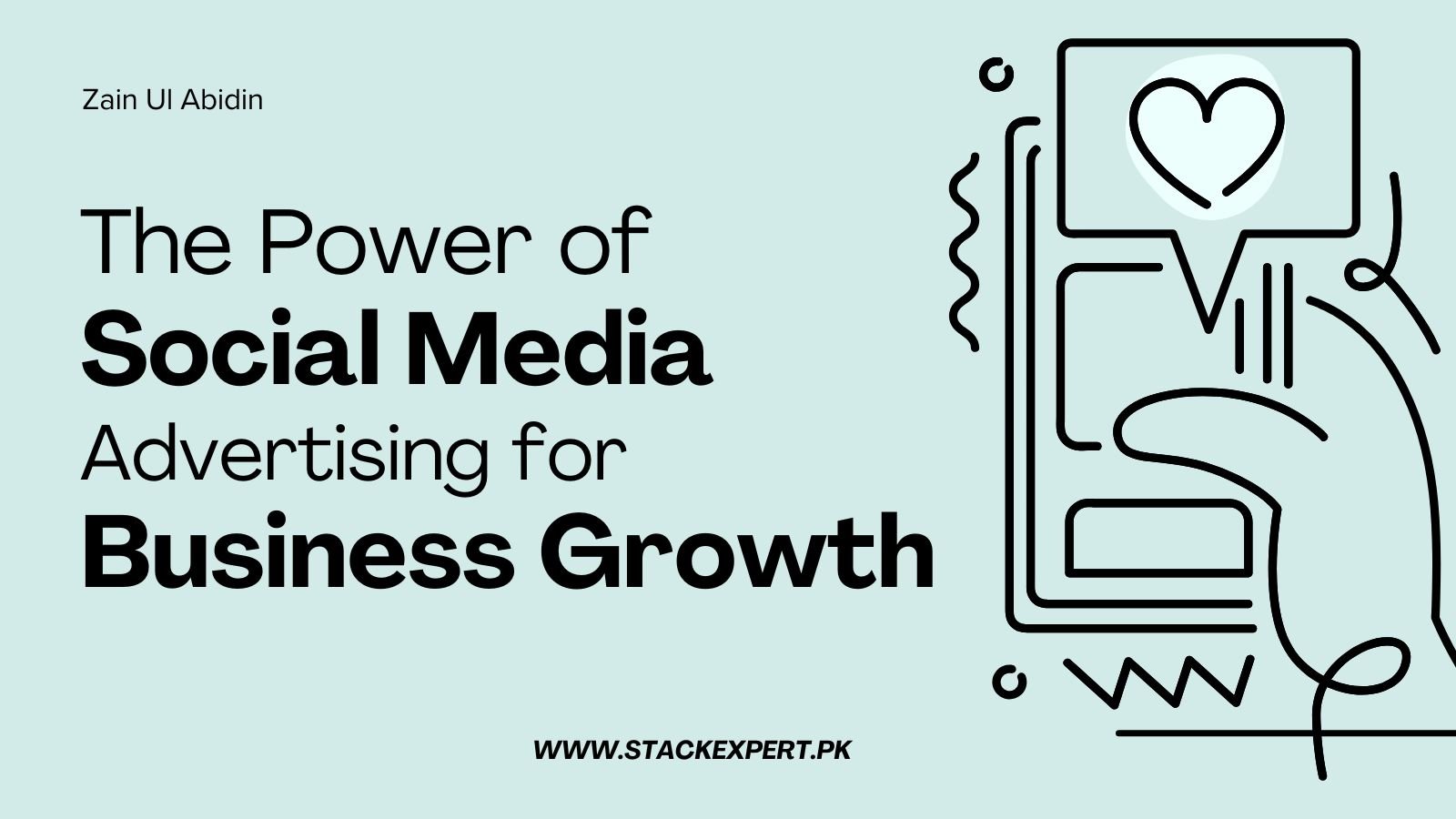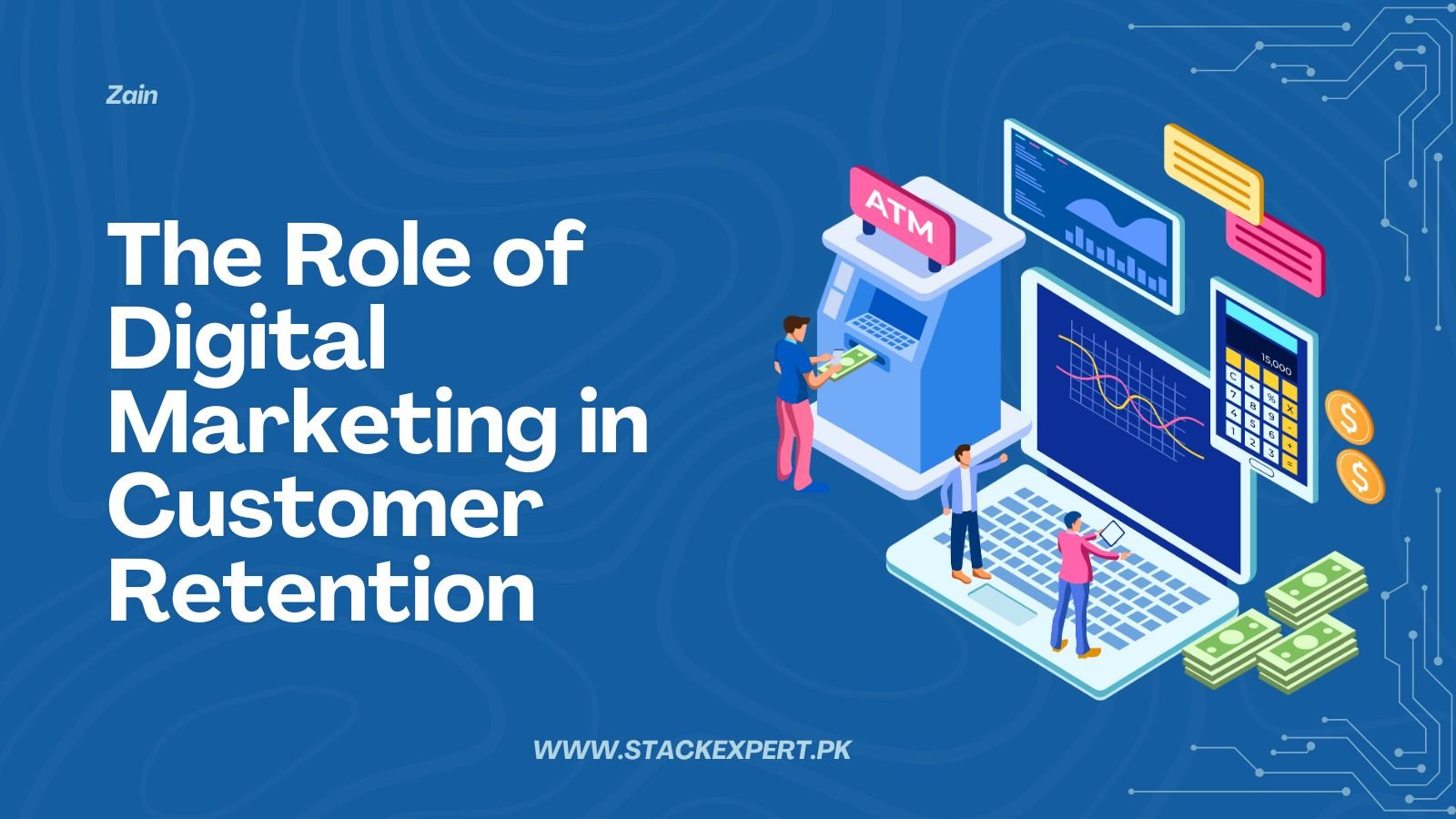Understand Your Audience. Build Better Strategies.
In today’s competitive digital world, knowing who your customer is isn’t a luxury — it’s a necessity. Whether you’re crafting a marketing campaign, developing a new product, or refining your sales pitch, the clearer you are about your target audience, the better your results will be.
That’s where buyer personas come in.
What is a Buyer Persona?
A buyer persona is a semi-fictional representation of your ideal customer based on market research, real data, and insights. It includes details like demographics, behaviors, goals, challenges, and buying habits. Think of it as a character sketch that helps you connect with your audience on a deeper level.

Who Needs Buyer Personas?
Whether you’re a:
-
Clinic or Hospital trying to attract new patients
-
Visa Consultant targeting students or skilled professionals
-
Real Estate Agent or Agency looking to sell or rent property
-
E-commerce Store selling beauty, fashion, or tech
-
Digital Marketing Agency managing campaigns for clients
-
Any B2B or B2C business
…you need to know who you’re talking to. Buyer personas help you tailor your messaging, services, and offers based on what your customers truly care about.
Why Buyer Personas Matter
-
✅ They guide your content strategy
-
✅ Improve your product-market fit
-
✅ Help in designing effective marketing messages
-
✅ Enable better ad targeting
-
✅ Align your sales and marketing teams
Step-by-Step: How to Develop a Buyer Persona
1. Conduct In-Depth Research
Start by gathering information from multiple sources:
-
Interviews with existing customers
-
Surveys using tools like Google Forms or Typeform
-
Website & Social Analytics (Google Analytics, Meta Insights)
-
Sales team insights on customer interactions
Focus on learning:
-
Who your buyers are (demographics, role, location)
-
What their goals and challenges are
-
How they make buying decisions
-
Where they spend time online
2. Identify Patterns & Segment Your Audience
Once you have data, identify common behaviors, needs, and demographics. Segment your audience into groups that share similarities.
Example:
-
Group A: Parents searching for pediatric clinics
-
Group B: Students seeking study abroad visas
-
Group C: Home buyers looking for long-term investment properties
3. Create a Persona Profile
Use a consistent template to make your personas easy to understand. Here’s a sample:

👤 Name: “Investor Nawaz”
📍 Age: 35–50
🏢 Job Role: Business Owner
💬 Goals: Invest in secure, high-yield real estate projects
⚠️ Challenges: Trust issues, unclear ROI, limited time
🌐 Platforms: LinkedIn, YouTube, WhatsApp
🧠 Buying Triggers: Proven success stories, video walkthroughs, ROI reports
❗ Concerns: Fraud, legal risks, project delays
💬 Quote: “I don’t have time to visit 10 sites — I want clear facts and a solid return.”
4. Validate Your Persona
Run your persona by real customers or internal teams for feedback:
-
Does this reflect our actual customers?
-
What’s missing or inaccurate?
-
Are there multiple personas we should consider?
5. Put Your Persona to Work
Don’t let your buyer personas gather dust. Use them to:
-
Shape your content marketing (blogs, videos, social posts)
-
Craft targeted ad campaigns
-
Design personalized email flows
-
Guide product development and feature prioritization
-
Train your sales team on prospect behavior
Pro Tips for Strong Personas
-
Don’t rely only on assumptions — validate with real data
-
Give your personas names and faces for easier storytelling
-
Revisit and revise your personas every 6–12 months
-
Build negative personas too (customers you don’t want)
Whether you’re a clinic attracting patients, a real estate agent closing deals, a visa consultant guiding students, or any kind of service-based or product-driven business — building buyer personas is a game-changer.
They allow you to create relevant, targeted, and powerful communication that actually converts.
Start building your buyer personas today — and start speaking your customer’s language.





